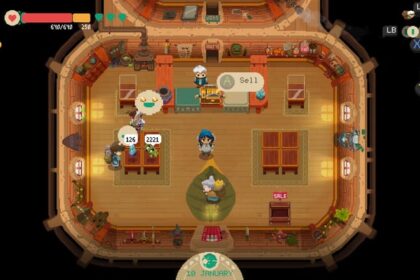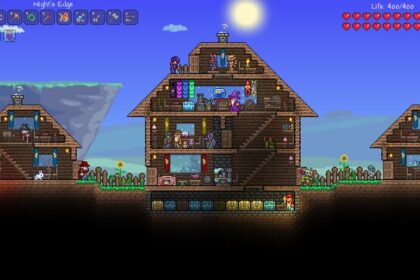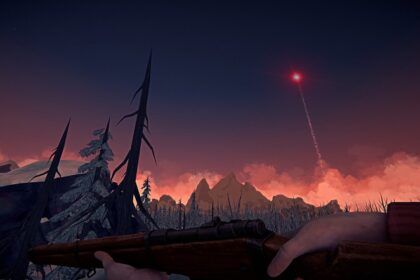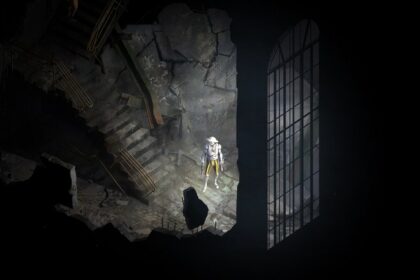The cross-section between the horror genre and the interactive format of games has produced some mesmerizingly terrifying experiences over the years.
Interestingly enough, horror games have gone through some of the same evolutionary motions that horror movies experienced — from the original rudimentary “jump scares” to the more psychological, uncanny, and deeply unsettling kinds of horror.
SOMA is a sci-fi horror title that contains both in spades, and it’s no wonder that it’s hailed as one of gaming’s greatest horror releases. Of course, the only fault you might find with horror games is their lack of replayability, but luckily, there are plenty of other games like SOMA out there.
If you’re looking for your next dose of interactive terror, take a look at some of the games we’ve highlighted below! Here are 7 games like SOMA to check out.
Amnesia: The Dark Descent
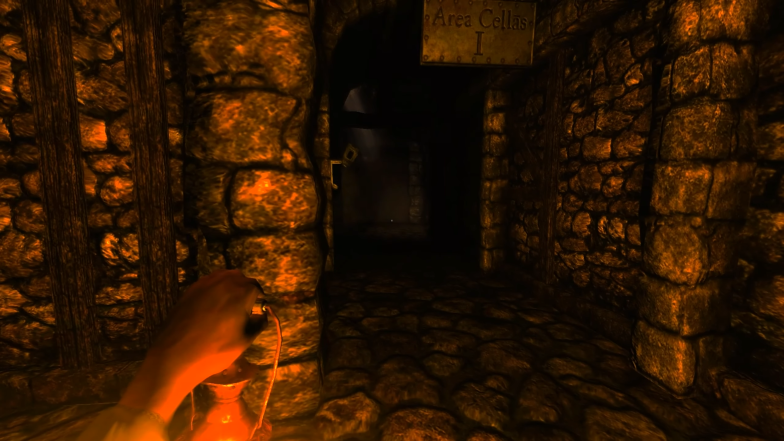
Over the years, the folks at Frictional Games (who made SOMA as well) carved out their own little niche in the horror genre. With that in mind, don’t be surprised at the fact that any list of games like SOMA will contain plenty of other games from the same developers; ours is no exception.
However, while Amnesia: The Dark Descent wasn’t the first horror game Frictional Games ever developed, it was the title that truly propelled them to mainstream stardom. And while it spawned an entire franchise of its own, the first Amnesia game is arguably the grittiest entry in the series.
So, prepare to be properly scared, and get ready to run through castle dungeons, sewers, and other claustrophobic locales while being chased by beings you can barely see, let alone fight.
The sound of footsteps would be an ordinary, easily ignorable sound effect in almost any other game. In Amnesia, it will force beads of nervous sweat down your forehead. And that nervousness will lead you to make bad judgment calls — which ultimately end in you being hunted down and (to put it euphemistically) defeated.
Amnesia understands what’s good about Lovecraft’s brand of horror: the fact that the unseen and imagined can be far scarier than what’s in plain sight. That’s why the game will spend plenty of time giving you faint but numerous cues to spark your imagination.
The gameplay itself focuses on stealth and all sorts of clever puzzles — plenty of which work due to the game’s surprisingly robust physics engine. All in all, an instant classic.
Layers of Fear

Don’t let the silly metal album name fool you, Layers of Fear deserves its place in the horror hall of fame that’s filled with games like SOMA. And while it’s one of the rare titles on our list not created by SOMA’s Frictional Games, it definitely takes its share of design clues from their brand of horror.
The people behind Layers of Fear aren’t particular fans of jump scares — while there are some, the devs clearly think that sudden movements and loud noises are cheap thrills. They aspired for a deeper, more psychological kind of horror. And best of all: they actually pulled it off.
Fittingly, the story of the game focuses entirely on madness. An Industrial Revolution-era artist is failing, his abilities are diminishing, and his life slowly slips into madness and ruin. He’s simultaneously an architect of his destruction and its main victim.
The story is pretty engrossing, though the game doesn’t hit you over the head with it. You can immerse yourself as much as you like, through objects and notes that reveal the backstory. Or, you can simply go through the motions of collecting the mission-critical stuff and get the abridged version.
In terms of the gameplay itself, it plays out a lot like an Amnesia title might — but with even better sound design, with creepy noises that will quickly etch themselves in your mind and slowly creep you out over time.
The whole ambiance is one of deep gothic dread, and something not to miss if you’re a fan of eerie games like SOMA.
Amnesia: Rebirth

As we’ve mentioned above, The Dark Descent quickly became one of gaming’s most beloved horror titles, simultaneously raising its developers to mainstream fame and setting up huge expectations for the sequel.
Unfortunately, Amnesia: A Machine For Pigs did not live up to the fans’ expectations. It simplified a lot of what made the first game so unique and memorable, and it left a bitter taste of unfinishedness in everyone’s mouth.
However, Amnesia: Rebirth more than made up for its forgettable predecessor; once again proving that Frictional Games are still at the top of their game (quite literally). This threequel manages to take the Amnesia series to even more disturbing locales and situations, outshining even The Dark Descent in its macabre nature.
While we won’t spoil any of the story, the premise is still tied to the series’ title: you play as Tasi Trianon, a woman that wakes up stranded in the deserts of Algeria in 1937 without any memory of what happened to her before.
As she tries to retrace her steps and figure out what’s going on, Tasi goes through a variety of deeply foreboding and dark locations, filled with photos and notes that slowly reveal her past. And, naturally, old photographs and journals aren’t the only things she encounters, there are all kinds of nightmarish horrors that will require speed and stealth to evade.
In many ways, the aptly-titled Rebirth simultaneously takes the series back to its roots and manages to expand on its eldritch mythos. If you like games like SOMA, this is an absolute must-buy; just make sure to play The Dark Descent first.
Penumbra: Overture
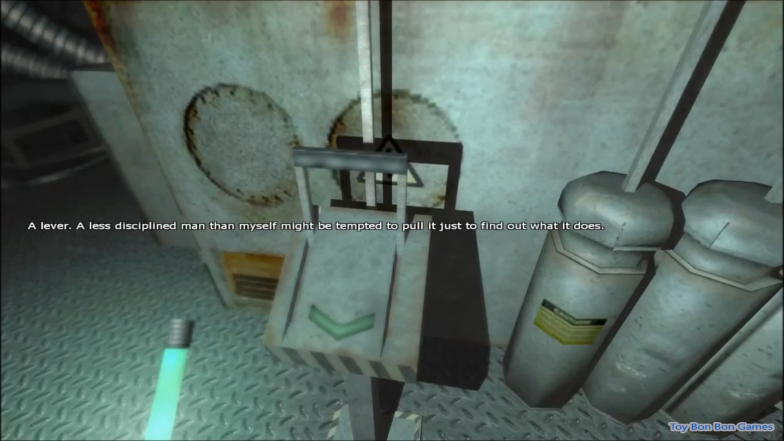
While the Amnesia series brought Frictional from the fringes of indie development into the mainstream, it’s not the developer’s first horror game in the same vein.
Back in 2007, the gaming world hadn’t seen many indie horror games, but that was about to change with the arrival of Penumbra: Overture on the scene. It’s the first first-person horror adventure, creating the genre combo which would be repeatedly imitated by many other studios down the line.
After seeing the production value that accompanied SOMA or Amnesia: Rebirth, the low-budget nature of the first Penumbra game may shock you, but back then, Frictional was a virtual unknown amidst gaming studios.
Still, even with the tiny resources that they had at their disposal in 2007, the devs still managed to evoke the sense of isolation that would be visible in every one of their subsequent games. And sure, its design is, at times, less frightening and more frustrating, but make no mistake: Penumbra will make you uneasy to turn off the lights at night.
The start of the game is equally Lovecraftian as well. Phillip, the protagonist, receives a letter from his presumed-dead father. The letter points our main character to a bunch of barely intelligible notebooks and, crucially, a map of Greenland.
There’s practically no character development or backstory here. Instead, Phillip simply chooses to head to Greenland on a whim. Narrative beginnings were never Frictional’s strong suit, and it’s something they would cleverly circumvent in all of their subsequent games with an amnesiac premise. Still — even with woefully outdated graphics, it’s a game worth playing.
Alien: Isolation

The success of the Amnesia franchise understandably led other developers to look at potential games that could work with similar gameplay mechanics.
However, while there were plenty of low-budget indie Amnesia clones out there, one AAA gaming studio recognized that there was a specific franchise that held the most potential for such a horror game.
Fast forward to 2014, and Creative Assembly would release their Alien: Isolation to both critical and fan accolades. The sneaking, skulking, survival-based horror gameplay set in confined spaces was a natural fit for the world of Alien, but not every studio could pull off the license and design necessary to bring this vision to life.
Creative Assembly did a masterful job of projecting us into the boots of Amanda Ripley. Yep, we’re playing as Ellen’s daughter, and she’s also working for the Weyland-Yutani megacorporation, and she’ll also set out to explore a scary spacecraft.
Though to be fair, it’s a space station this time, rather than a ship. The Sevastopol is mysteriously abandoned, and something has clearly gone very wrong in a very familiar way. So, prepare for a labyrinth of tunnels, vents, and corridors; the station was in disrepair even before being raided by our titular Alien.
Naturally, you’ll spend most of the game navigating the twisted metallic bowels of the station in an attempt to survive and evade your extraterrestrial opponent. Fortunately, the game wastes no time in showing you that its licensing money was well-spent.
It stands shoulder-to-shoulder with SOMA as a sci-fi horror champion, claiming its place as one of the best sci-fi games on Steam while still being a horror powerhouse.
Alan Wake
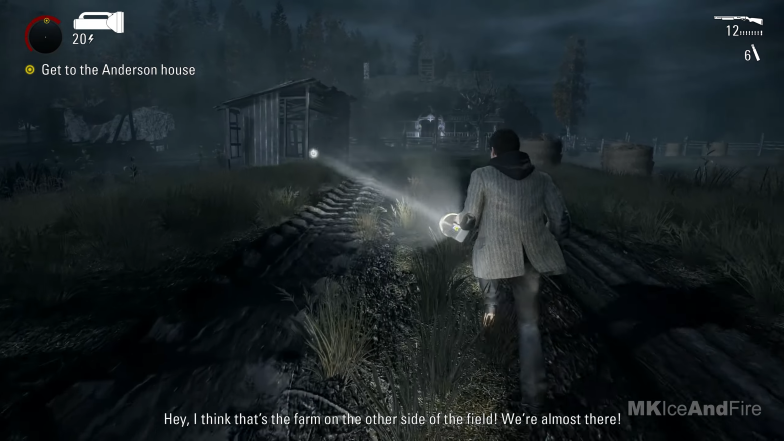
If there was ever a Stephen King game without a Stephen King license, it’s Alan Wake. And let us be quick to point out that this is by far the least scary game on the list; it doesn’t fall neatly into the ‘horror’ genre despite being so clearly in love with classic horror novels and television.
Still, despite a relatively wonky development and murky reception upon release, Alan Wake grew into a cult classic over the years — even garnering enough support for a recent remaster.
So, what is Alan Wake about? In a stroke of meta cringe that’s just silly enough to work, our titular character is a writer of horror novels, who arrives at a sleepy small town to work on his latest piece. And, you guessed it, the stuff he writes about soon starts happening around him. Is he writing the novel, or is the novel writing him?
The premise borders on a parody, but it actually takes itself fairly seriously. And though the writing, ironically, isn’t always top-notch, the game makes up for it with a consistently thrilling atmosphere and some pretty innovative combat mechanics.
Alan Wake’s gameplay centers around the battle between light and dark — literally. The combat system relies on light sources in the environment and your torch, which you can use to weaken supernatural enemies enough to dispense with them using ordinary guns.
That core gameplay loop, coupled with well-designed Twin Peaksian environments and a decent overall narrative, makes for an experience that will keep you hooked all the way to the end. It’s a great choice for fans of narrative-driven games like SOMA.
The Evil Within 2
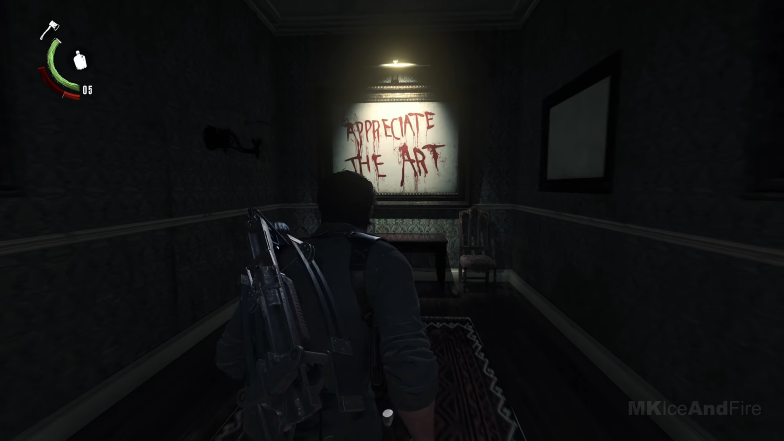
The first The Evil Within (yes, the ‘The’ is cumbersome) was a surprising Bethesda hit, considering their low level of experience with horror games. However, the sequel is where the series truly shines — once again placing you in the shoes of a detective exploring a particularly murderous supernatural phenomenon.
However, this time around, the game’s locations are so big they’re basically open-world and yet, by some miracle, none of the horror and tension is lost. We’re mostly used to horror titles being understandably linear, but this game completely turns the concept around by giving you an entire city to roam around in.
The fictional utopia-gone-wrong city of Union may remind you of Bioshock: Infinite’s Columbia on paper — but in practice, it’s much more of a modern Americana design than the steampunk nature of that flying city.
Anyways, back to Union, where you’ll spend hours exploring countless locations and gathering increasingly limited resources our protagonist needs to avoid joining the undead. You’ll visit abandoned train yards, auto shops, and all kinds of other everyday locations with a sinister twist.
The city was expertly designed, and its many intricate horror scenarios and missions will keep you occupied for hours. It’s one of the most compelling horror games on Steam, and SOMA fans are sure to fall in love with it.


